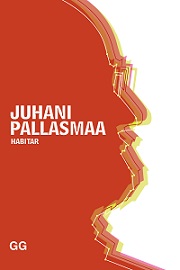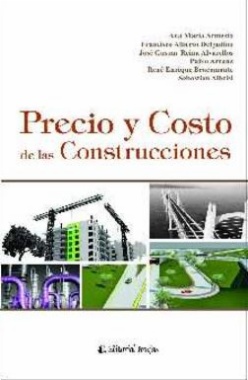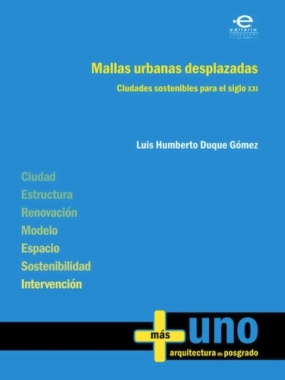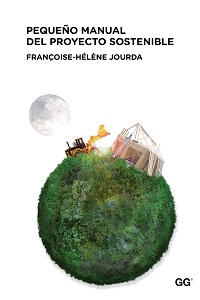Estás filtrando por
Se encontraron 2171 resultados en recursos
Compartir este contenido
Bogotá León de Oro 1990-2006 : el renacer de una ciudad / Alcaldía de Bogotá ; traducción Jeffrey Villaveces, Ximena Londoño ; textos del catálogo y la exposición Luis Carlos Colón... [et al].
Copia el enlace o compártelo en redes sociales

Los ojos de la piel
Compartir este contenido
Los ojos de la piel
Copia el enlace o compártelo en redes sociales

Habitar
Compartir este contenido
Habitar
Copia el enlace o compártelo en redes sociales

Precio y costo de las construcciones
Compartir este contenido
Precio y costo de las construcciones
Copia el enlace o compártelo en redes sociales

Mallas urbanas desplazadas : ciudades sostenibles para el siglo XXI
Compartir este contenido
Mallas urbanas desplazadas : ciudades sostenibles para el siglo XXI
Copia el enlace o compártelo en redes sociales

Researching the contemporary city
Compartir este contenido
Researching the contemporary city
Copia el enlace o compártelo en redes sociales

Pequeño manual del proyecto sostenible
Compartir este contenido
Pequeño manual del proyecto sostenible
Copia el enlace o compártelo en redes sociales

Todo sobre la casa
Compartir este contenido
Todo sobre la casa
Copia el enlace o compártelo en redes sociales
Reciclaje de Edificaciones en Contextos Patrimoniales / Instituto Distrital de Patrimonio Cultural
Compartir este contenido
Reciclaje de Edificaciones en Contextos Patrimoniales / Instituto Distrital de Patrimonio Cultural
Copia el enlace o compártelo en redes sociales
Arturo Robledo Ocampo: La arquitectura como un modo de vida / Beatriz García Moreno
Compartir este contenido
Arturo Robledo Ocampo: La arquitectura como un modo de vida / Beatriz García Moreno
Copia el enlace o compártelo en redes sociales
Selecciona las Colecciones en las que vas a añadir el contenido
Para consultar los contenidos añadidos busca la opción Tus colecciones en el menú principal o en Mi perfil.
